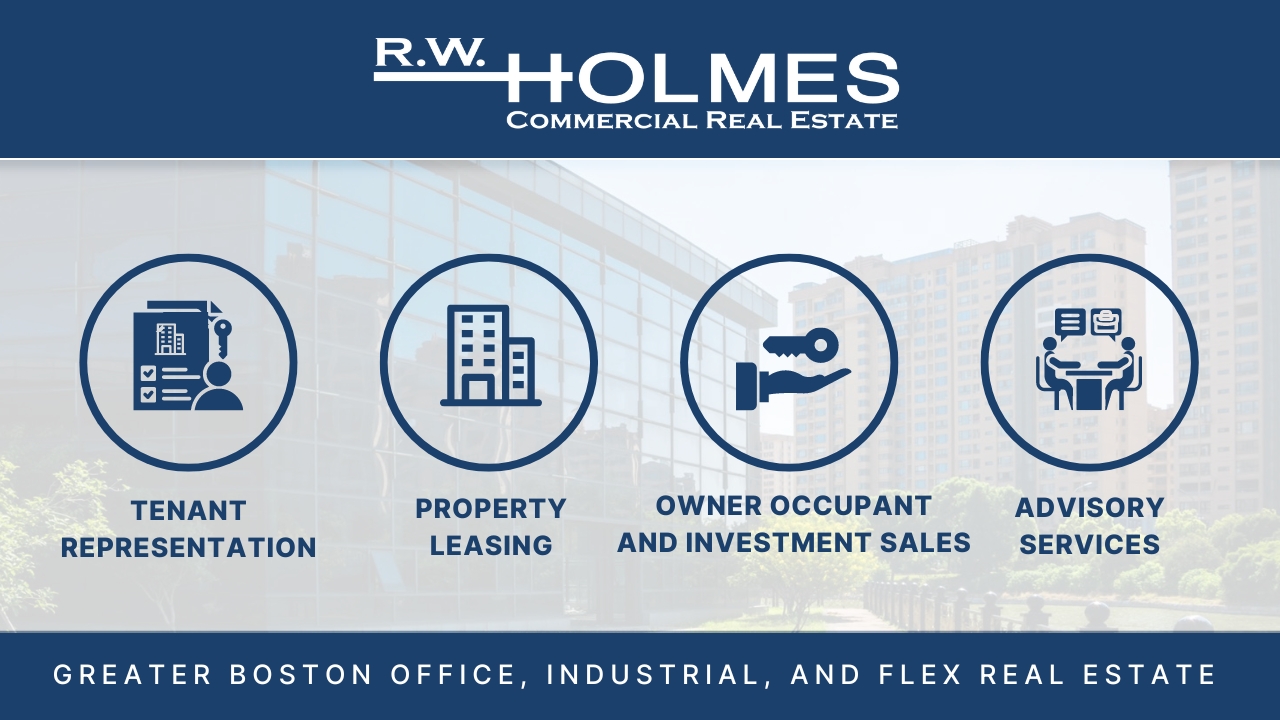Boston– Cushman & Wakefield released its second quarter 2023 warehouse/distribution and office statistics for Boston, showing a slow in leasing activity over the quarter across both asset types.
“After a strong start to the year, warehouse and distribution leasing activity slowed during the second quarter as the pandemic-fueled period of sustained growth began to subside,” said Riley McMullan, Senior Manager, Boston Research. “While market fundamentals have started to soften, we remain confident that the Massachusetts industrial market will continue to thrive, as we saw several new tenants enter the market and others renew their leases throughout the first half of the year.”
Warehouse/distribution leasing activity recorded 689,000 square feet (sf) of new demand, trailing the first quarter’s total by nearly 500,000 sf. Five leases greater than 100,000 sf were inked during the second quarter, while 13 tenants opted to renew in-place leases.
The warehouse/distribution market recorded nearly 338,000 sf of positive net absorption during the second quarter, propelling year-to-date (YTD) net absorption to 1.1 million square feet (msf). Some submarkets are outperforming others, with the 495 South submarket accounting for 68.1% of the total market’s YTD absorption gains.
While five submarkets posted a sub-4.0% vacancy rate for warehouse/distribution space, overall vacancy jumped 70 basis points to 7.0%. Asking rents averaged $15.27 per-square-foot (psf) at the end of the second quarter, compared to $14.32 psf at the end of the first quarter.
“While leasing activity for office product continued to slow over the second quarter, highly amenitized, centrally-located Class A office properties are continuing to be leased,” added McMullan. “Many occupiers are still in the stage of figuring out what their post-pandemic office is going to look like, with many trying to create a more dynamic workplace for their professionals. Boston’s ‘tale of two cities’ is likely to persist, where high-quality office product remains the market’s most competitive and demand for older inventory continues to slow.”
Leasing activity for office properties lagged historical averages over the second quarter with the market recording its slowest first half of the year since 2020. New demand was down 61.9% at 1,191,805 sf compared to the same period last year. Suburban submarkets outpaced Downtown with 46.6% of the market’s YTD leasing activity concentrated in the 128 and 495 Belts alone. Total YTD leasing now stands at 2,831,985 sf.
Overall vacancy increased for the fifth consecutive quarter, jumping 280 basis points quarter-over-quarter to 13.9%, its highest point in this economic cycle. Downtown vacancy surpassed 14.0%, while overall vacancy in suburban submarkets reached 13.8%.
Overall asking rents slightly decreased for Class A and B properties in the Boston Central Business District (CBD), including the Financial District, Midtown/North Station, Back Bay, Seaport and Fenway/Longwood, averaging $61.76 psf, compared to $62.17 at the end of the first quarter.
Availability remained elevated during the second quarter, particularly in the sublease market as 3.5 msf more space is currently being marketed for sublease than at the same point in 2022. Sublease space on the market in Greater Boston was at 9.3 msf at the end of the quarter, a new record high. While there is no reported new construction in 2023, there is currently 4,305,952 sf of properties currently under construction in the Boston CBD.




















